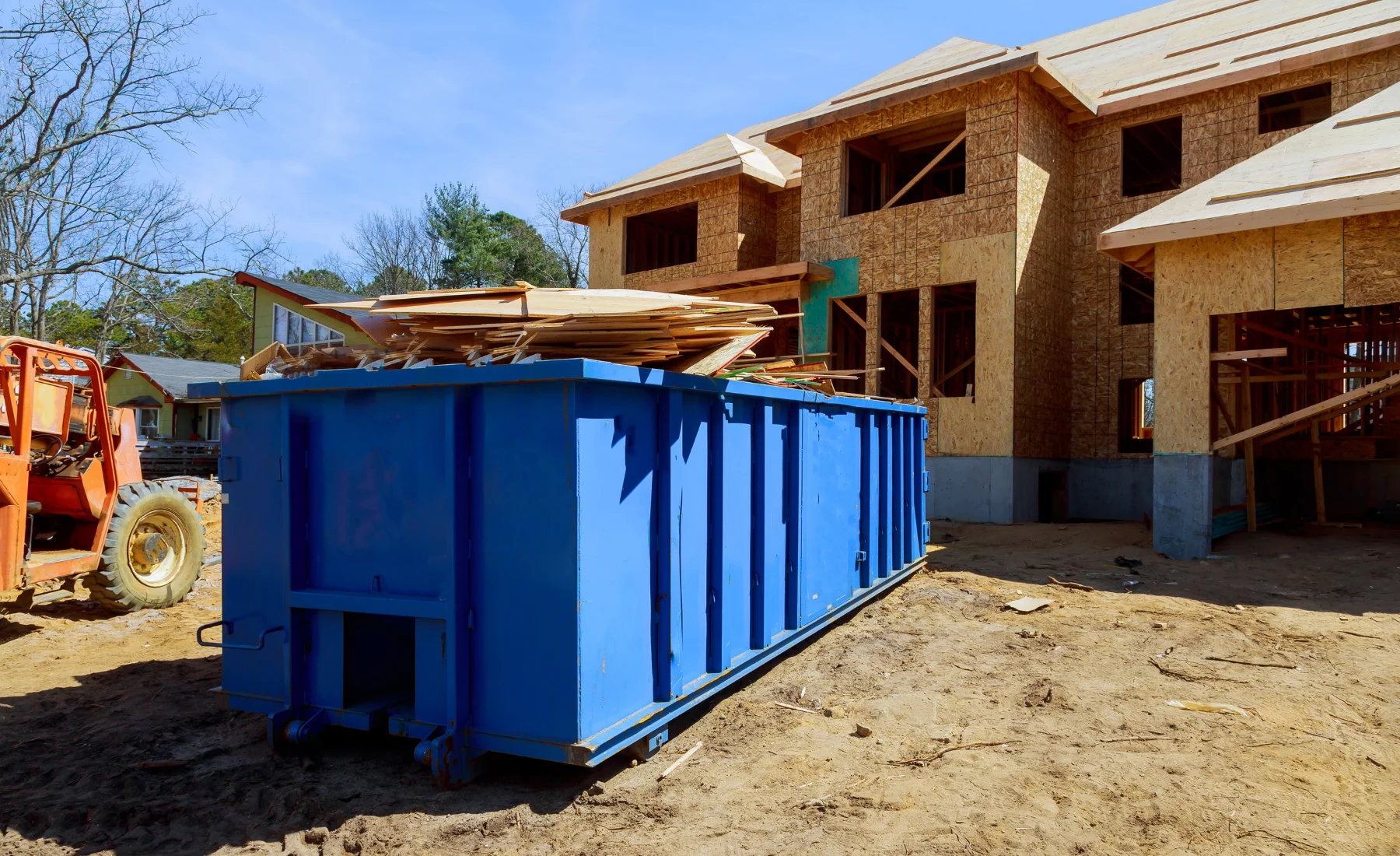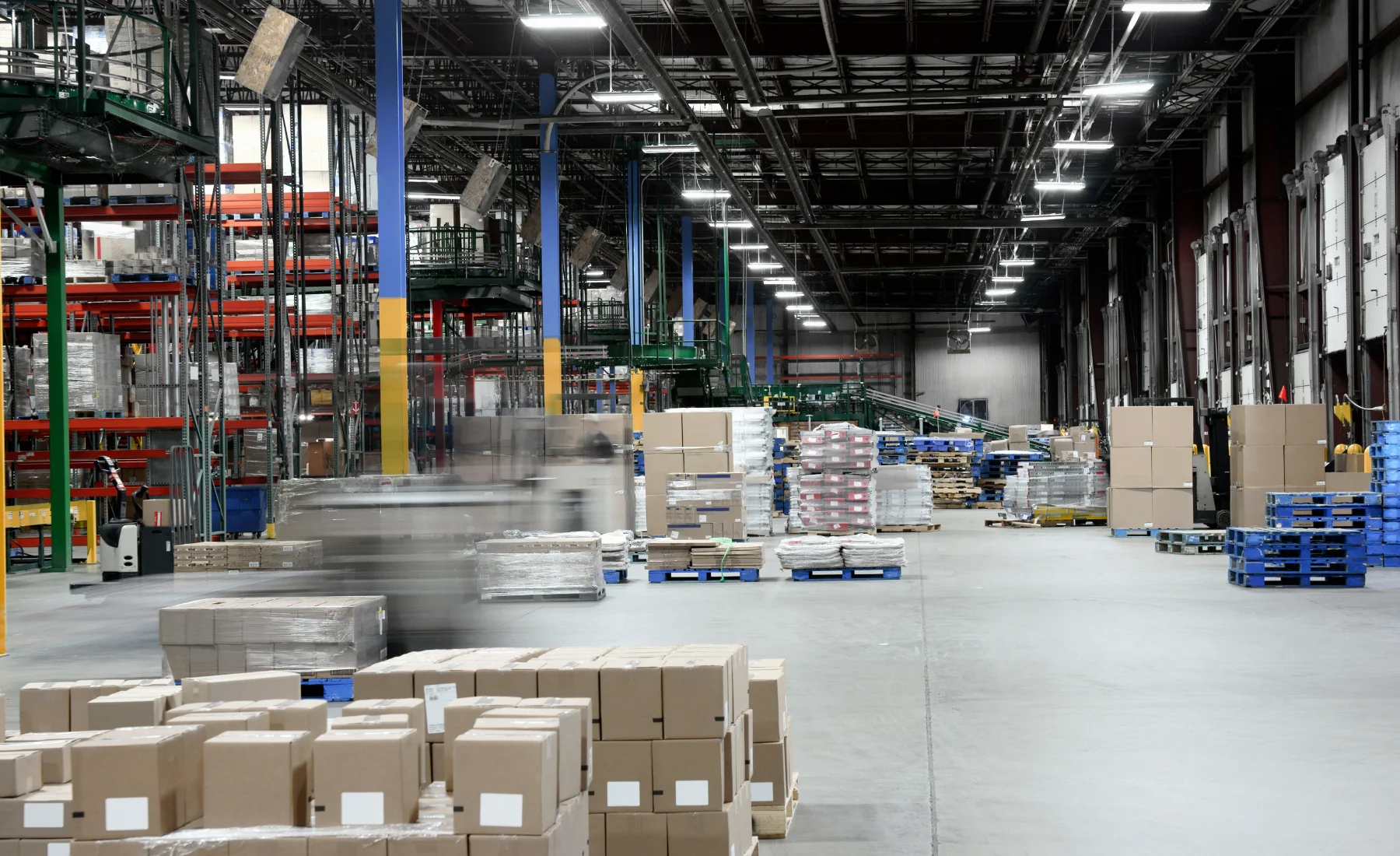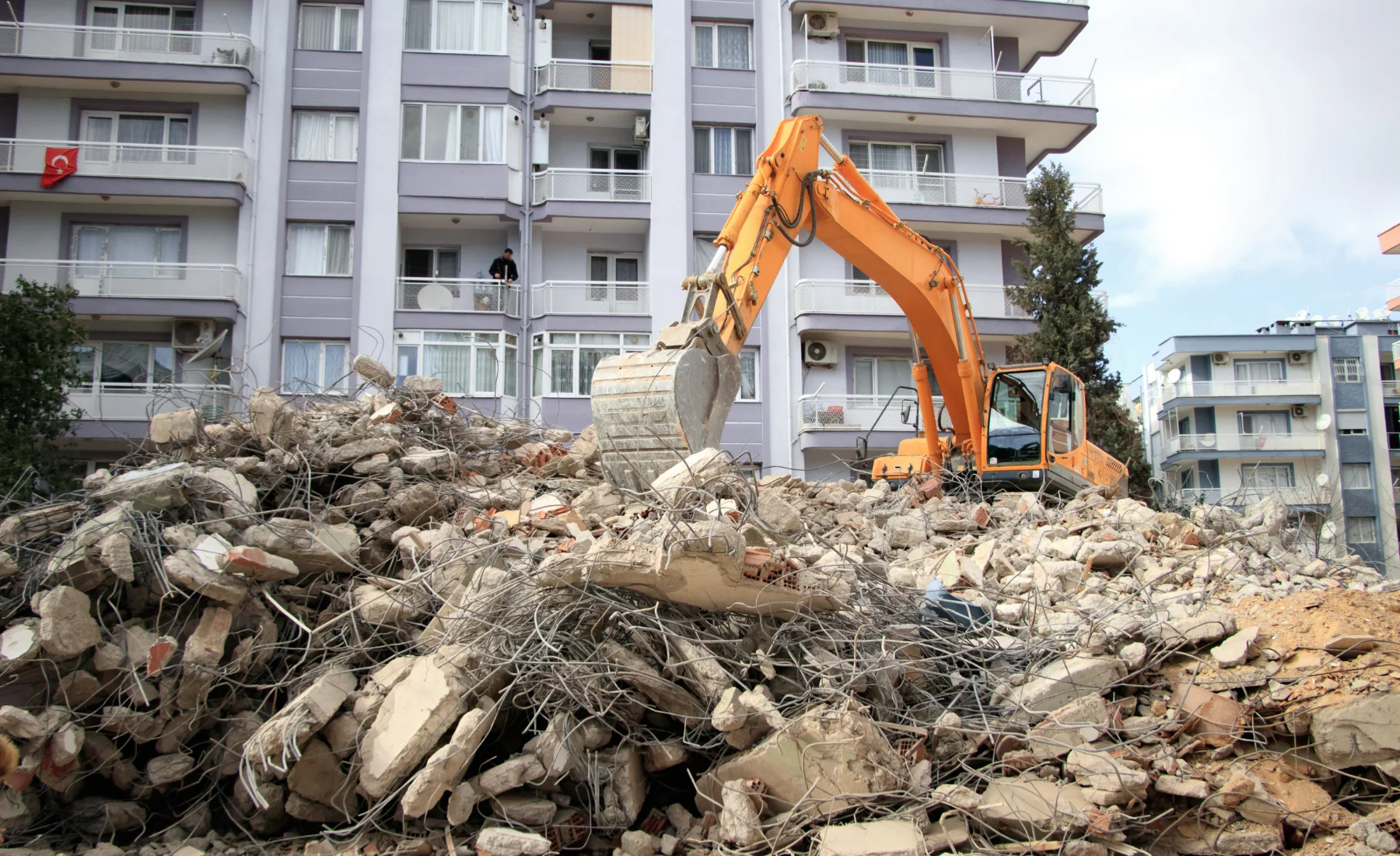Effective waste management on any commercial, industrial, or institutional site hinges not only on selecting the right equipment but, crucially, on its strategic placement. For businesses and organizations utilizing waste compaction services, the optimal placement of waste containers is paramount to maximizing operational efficiency, reducing costs, enhancing safety, and ensuring seamless access for compaction equipment. Poorly positioned containers can lead to logistical bottlenecks, increased labor expenditure, hindered access for service providers, and even potential safety hazards. This article delves into the principles of meticulous site planning for efficient compaction access, drawing on industry best practices, academic insights, and regulatory considerations to guide businesses in optimizing their waste management infrastructure.
The Critical Importance of Strategic Container Placement in Waste Management
Waste containers, whether they are large roll-off dumpsters, stationary compactors, or smaller bins, are not merely receptacles; they are critical nodes in a site's overall waste flow and logistics chain. Their placement directly impacts a multitude of operational and financial aspects:
- Operational Efficiency: Strategic placement ensures easy and quick access for employees to deposit waste, minimizing travel time and effort. More importantly, it guarantees unhindered access for waste hauling trucks and mobile compaction services to operate smoothly and efficiently, reducing service times and potential delays.
- Cost-Effectiveness: Optimized placement directly translates to minimizing labor costs associated with internal waste handling and transportation. Furthermore, it reduces the time service providers spend on-site, which can lead to lower service fees and more efficient use of resources.
- Safety and Risk Mitigation: Proper placement prevents hazards from overflowing bins, obstructed pathways, or dangerous maneuvering by heavy vehicles. It ensures clear lines of sight and adequate space for safe operation of compaction equipment and waste collection vehicles.
- Site Aesthetics and Environmental Impact: Thoughtful placement can help maintain a clean, organized, and professional appearance, especially in customer-facing areas. It also contributes to better environmental management by preventing spills, odors, and pest attraction.
- Compaction Effectiveness: For sites utilizing mobile compaction, the ability of the equipment to safely and efficiently access and operate on the containers is fundamental to maximizing volume reduction. Inaccessible or difficult-to-reach containers negate the benefits of compaction [1].
Ignoring these critical factors can lead to unnecessary expenses, significant operational delays, potential safety risks, and a diminished return on investment in waste management solutions.
Key Considerations for Achieving Optimal Container Placement
Achieving optimal container placement requires a comprehensive assessment of the site's physical layout, internal waste generation patterns, existing operational workflows, and external service provider requirements. Here are the key factors to meticulously consider:
1. Proximity to Waste Generation Points: Minimizing Internal Travel
The closer a container is to where waste is generated, the less time and effort employees spend transporting it. This direct correlation reduces internal labor costs, improves workflow, and encourages proper waste disposal. For example, in a large manufacturing plant, compactors should be strategically placed near high-volume production lines or material off-cuts areas. In a retail store, optimal locations might be near receiving docks, stockrooms, or high-traffic customer areas where packaging waste accumulates [2]. The goal is to minimize the distance waste travels from its point of origin to the container.
2. Accessibility for Compaction Equipment and Haulers: The External Link
This is arguably the most critical factor, especially for sites relying on mobile compaction services. Ensuring unhindered access for large vehicles is paramount:
- Clear and Wide Pathways: Designate and maintain unobstructed routes for mobile compactors and waste hauling trucks to approach, position, and depart from the containers. Avoid narrow turns, low overhead clearances (e.g., power lines, tree branches, building overhangs), or tight spaces that could impede access or cause damage.
- Level and Stable Ground: The area immediately around the container and where the compactor will operate must be firm, level, and free of debris, potholes, or excessive slopes. Uneven or soft ground can pose significant safety risks for heavy machinery and personnel, and can hinder efficient operation [3]. Adequate drainage is also essential to prevent water accumulation.
- Sufficient Turning Radius and Maneuvering Space: Account for the turning radius of large waste collection vehicles and mobile compactors. Ensure there is ample space for trucks to maneuver, back up, and position dumpsters for compaction without multiple attempts or risk of collision. A clear, designated turning area is often necessary.
- Obstruction-Free Zones: Ensure that the area is free from parked vehicles, equipment, or other temporary obstructions that could block access or interfere with the compactor's operation.
3. Safety and Security: Protecting People and Property
Container placement must prioritize safety for employees, customers, visitors, and the public, as well as the security of the waste itself:
- Visibility: Containers should be visible enough to prevent accidental collisions by vehicles or pedestrians, but also discreetly placed to maintain site aesthetics, especially in public-facing areas.
- Adequate Lighting: Ensure the waste area is well-lit, particularly during evening or early morning hours, for safe operation, waste disposal, and security.
- Security Measures: Implement security measures to prevent unauthorized dumping, scavenging, or access to sensitive waste streams. This might include fencing, gates, surveillance cameras, or strategic placement within a secure perimeter.
- Traffic Flow Management: Position containers so they do not obstruct pedestrian walkways, emergency exits, fire lanes, or critical vehicle traffic flow within the site. Clear signage for waste drop-off and vehicle routes can enhance safety.
4. Environmental Factors and Site Conditions
Consider the impact of local environmental conditions and site characteristics:
- Drainage: Place containers on surfaces that allow for proper drainage to prevent water accumulation, which can lead to odors, pest issues, and make waste heavier and more difficult to compact.
- Weather Protection: While not always feasible for large containers, protecting waste from direct rain or snow can prevent it from becoming waterlogged and heavier, which directly impacts compaction efficiency and increases disposal costs. Covered areas or strategically placed windbreaks can be beneficial.
- Noise and Odor: Position containers away from sensitive areas like offices, residential zones, or public entrances to minimize noise from compaction operations and potential odors from waste.
5. Regulatory Compliance and Local Ordinances
Ensure that container placement adheres to all relevant local zoning laws, environmental regulations, fire safety codes, and homeowner association rules (if applicable). This may include specific setback requirements from buildings, property lines, public thoroughfares, or fire hydrants. Non-compliance can result in fines and operational disruptions.
Site Planning Best Practices for Seamless Compaction Integration
To effectively implement optimal container placement and integrate compaction services seamlessly into your waste management strategy, follow these best practices:
- Conduct a Collaborative Site Assessment: Do not plan in isolation. Walk through your site with your waste management provider, including representatives from the mobile compaction service. Their expertise can help identify current waste generation points, existing container locations, potential access issues, and optimal areas for new placements.
- Utilize Site Maps and Diagrams: Create or update detailed site maps and diagrams to visually plan container locations, access routes, and maneuvering space for compaction equipment. This visual planning can help identify potential conflicts, bottlenecks, or safety concerns before any physical changes are made.
- Consider Waste Stream Segregation and Diversion: If your site segregates waste for recycling or composting, plan for dedicated containers for each stream. Ensure these segregated containers are also optimally placed for efficient collection and compaction access, as appropriate.
- Future-Proofing and Scalability: Anticipate future growth, changes in waste generation patterns, or potential expansion of operations. Design a flexible waste management system that can accommodate increased volumes or new waste streams without requiring a complete overhaul of your container placement strategy.
- Employee Training and Communication: Educate all employees on the importance of proper waste disposal, the rationale behind container placement, and any new procedures related to compaction services. Clear communication ensures compliance, maximizes efficiency, and reinforces a culture of responsible waste management.
- Regular Review and Adjustment: Waste generation patterns can change over time. Periodically review your container placement strategy and make adjustments as needed to maintain optimal efficiency and adapt to evolving operational requirements.
Quebec-Specific Considerations for Optimal Container Placement
For businesses and organizations operating in Quebec, site planning for waste management must also meticulously consider provincial regulations and best practices. RECYC-QUÉBEC, the provincial organization responsible for promoting waste reduction, reuse, recycling, and recovery, provides comprehensive guidelines for waste management that emphasize efficient collection, handling, and diversion. While specific container placement rules may vary by municipality (e.g., Montreal, Quebec City, Laval), adhering to general principles of accessibility, safety, environmental protection, and compliance with the Québec Residual Materials Management Policy will ensure alignment with the province's broader waste management objectives.
It is highly recommended to consult with local waste management authorities and service providers who are intimately familiar with Quebec's specific regulatory landscape and operational nuances. They can provide tailored advice on optimal and compliant container placement, ensuring that your waste management infrastructure not only meets operational needs but also contributes to Quebec's environmental goals and avoids potential regulatory issues. Understanding and leveraging these local and provincial resources is key to successful waste management in Quebec.
Conclusion
Optimal container placement is a foundational and often underestimated element of efficient and cost-effective waste management, particularly when integrating advanced solutions like compaction services. By meticulously considering proximity to waste generation, ensuring unhindered accessibility for equipment, prioritizing safety and security, accounting for environmental factors, and adhering to regulatory compliance, businesses and organizations can design a waste infrastructure that streamlines operations, significantly reduces costs, enhances their overall sustainability profile, and improves site safety. Strategic site planning ensures that waste compaction can deliver its full benefits, transforming waste management from a potential logistical challenge into a well-oiled, efficient, and environmentally responsible process.
References
- Smash My Trash. Mobile Waste Compaction Service | USA. https://smashmytrash.com/
- Magiclogic. Container Planning Guide: Maximize Space and Efficiency. https://magiclogic.com/container-planning/
- Universal Containers. Shipping Container Site Preparation: How To Prepare Your Site for a Shipping Container. https://universal-containers.com/news/shipping-container-site-preparation/
- S3DA Design. A Guide to Efficient Site Planning and Layout in Construction. https://s3da-design.com/a-guide-to-efficient-site-planning-and-layout-in-construction/
- RECYC-QUÉBEC. Guide de gestion des matières résiduelles. https://www.recyc-quebec.gouv.qc.ca/entreprises-organismes/mieux-gerer/guide-gestion-matieres-residuelles
.svg)






